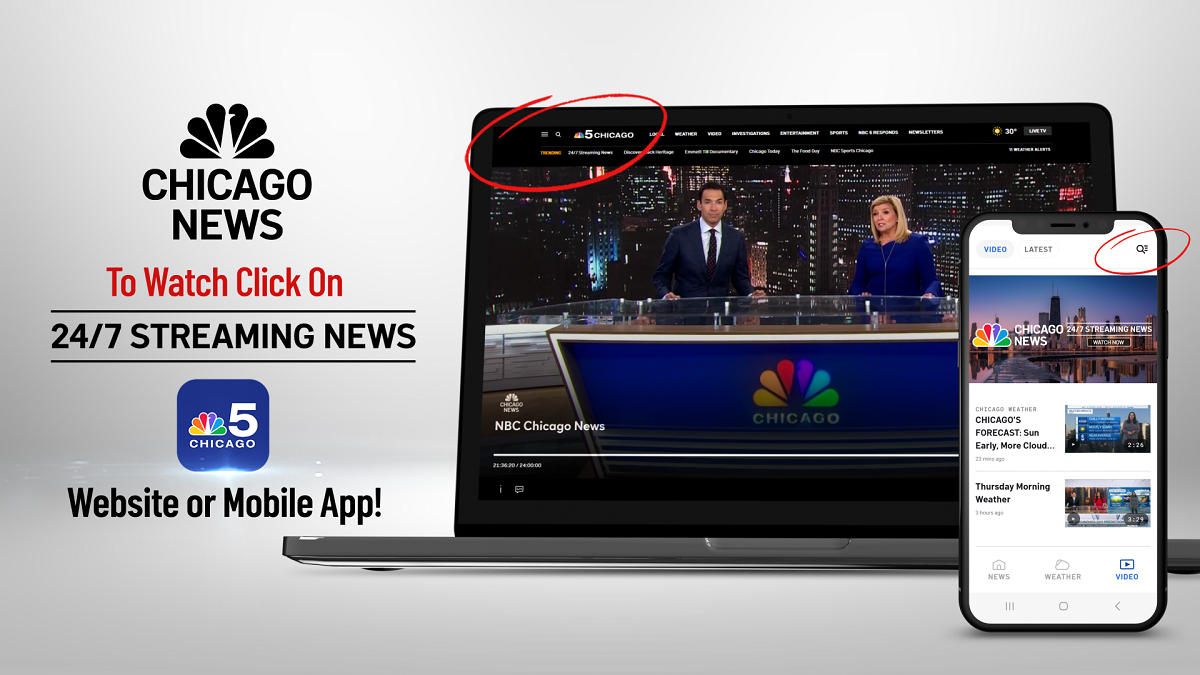The Basic Principles Of Popular News
The Basic Principles Of Popular News
Blog Article
The Buzz on Popular News
Table of ContentsPopular News Things To Know Before You BuyThe 7-Minute Rule for Popular NewsUnknown Facts About Popular NewsUnknown Facts About Popular News
Age is likewise a factor in the way people check out the duty of social media sites. Younger social media sites information customers are most likely to claim it has impacted their learning right. Concerning half of social media sites information consumers ages 18 to 29 (48%) say news on social media makes them much better educated, compared with 37% of those 30 to 49, 28% of those 50 to 64, and 27% of those 65 and older.
Research study on a state's new tax obligation code most likely won't create the same passion throughout state boundaries. Periodically professionals can aid localize a bigger national story that influences more than simply a city or state.
If you are releasing newsworthy research, loophole in MarComm before the short article being published to ensure that the pitch can highlight the latest aspect of the story: the magazine of the research - Popular News. Occasions and news that involve top-level numbers are much more likely to create media protection. Gos to from nationwide figures frequently require months of prep work because of expected community rate of interest
How Popular News can Save You Time, Stress, and Money.
We can help mitigate possible reputational threat with these stories while also boosting the chances of creating insurance coverage. While many of the above information worths are intertwined, human passion stories frequently stand apart.
Human interest elements can add information value to other tales that could show up to be lacking in the other values. The uniqueness or oddity of a circumstance can help influence whether an information electrical outlet is likely to cover a tale. While this is not an exhaustive checklist, examining to see if your story or occasion has these top qualities prior to calling us will certainly help you establish which aspects hold the most news worth.

There is also considerable evidence that even more customers can begin to pay for information in the futureif publishers can understand them and serve them well. Half of those who do not spend for news proactively look for news and appear like clients in different ways. And virtually 2 in 10 of those who do not sign up for information now show they are inclined to begin to pay in the future.
What Does Popular News Mean?
We after that ask a collection of concerns to identify whether individuals pay for certain sorts of information sources. We asked individuals to name the resources they make use of most oftenwhether they spend for them or nothow they use them, the certain things they take into consideration essential concerning them, and some associated concerns concerning the expense and value of that resource.

Greater than 4 in 10 additionally mention the fact that good friends and family members sign up for the exact same product. Even more than a third of individuals state they initially subscribed in reaction to a discount or promotion. In print, people likewise are relocated greatly to subscribe to obtain discount coupons that save them cash, something that has untapped ramifications in digital.
What Does Popular News Do?
Regarding fifty percent are "information seekers," implying they actively choose news instead of mostly running into it in a much more easy method, though the news that nonpayers are seeking (in the meantime, a minimum of) is commonly about national politics. Like subscribers, a lot of these individuals also obtain news several times a day, make use of the information in ways comparable to subscribers, and are interested in similar subjects, including international or global information.
We asked everybody who informed us they have a normal totally free resource of information exactly how most likely they would certainly be to pay for it. Greater than a quarter (26 percent) say they would certainly be at the very least somewhat likely to begin spending for itand 10 percent are extremely or very likely. These most likely payers tend to be information candidates, and they additionally tend to be people that already pay for an information subscription along with the source they follow absolutely free.
Of those that do pay, 54 percent subscribe to newspapers in print or electronically, which represents 29 percent of Americans on the whole. A lot of them buy a print magazine along with their newspaper and spend for 2 to 4 news sources in total, some much more. And while 53 percent are long-time clients (5+ over at this website years), even more than a quarter (27 percent) have acquired their newspaper subscription within the previous year.
Couple of print customers assume it likely they will certainly switch over to a digital-only registration in the future, and majority of those who choose electronic have never ever paid for a print version of the same source (Popular News). Totally 75 percent of paper payers state they largely reviewed the Continued paper in print, while 21 percent are mainly digital customers, and 4 percent describe themselves as equally split
Report this page